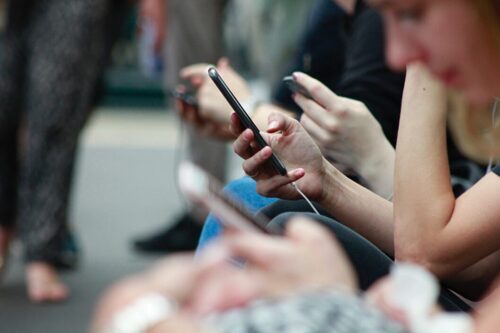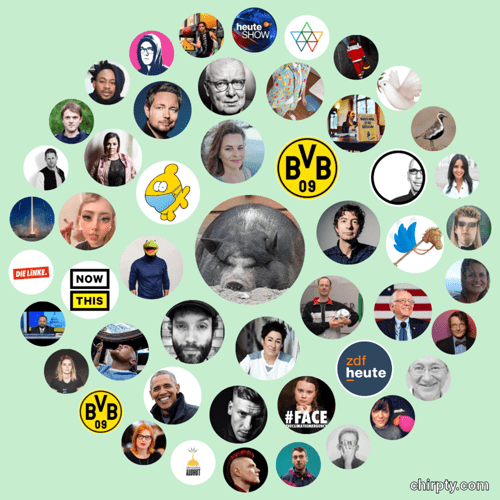
Our life in the algorithm

Most of us use social networks in our private and professional lives to get the latest information (Twitter), to maintain our professional network (Linkedin), to keep in touch with friends and family (Facebook) or to become effective influencers (Instagram). The younger ones cavort on TikTok, the nerdy ones on 9Gag, the possibilities are many.
What always fascinates me is the selection process (=algorithm) implemented in every platform that filters out the endless information we then take note of. Since our receptivity is limited, an adaptive algorithm must recognise, filter and prioritise our preferences and passions and steer the newsfeed accordingly. Here, each platform has its own algorithm, to which we are largely at the mercy. But it has consequences for what information we take in, in what form and with what perspective we should see the world, what advertising we are served. We base our opinion-forming process on it, our voting and buying behaviour is triggered by it and many other things that we cannot influence.
The algorithm is at the heart of every social network and is kept secret by the owner. The recent Senate hearings of Marc Zuckerberg (FB, Insta, etc.) and Jack Dorsey (Twitter) in particular highlighted the helplessness of lawmakers in the face of algorithmic decisions.
If you don't know how and why an algorithm decides, if the algorithm remains opaque, you are blind. If you want to develop an approximate idea of how you yourself are influenced, you can do that for Twitter, for example. An interesting programming project, chirpty.com, has been available here for a few weeks, with which you can visualise and better understand at least some of the connections of your own Twitter feed.
Chirpty is a web application that reads out data available via the Twitter API. You don't have to be logged in or give permission to use it. It is sufficient to set the account setting to public. If someone has selected the setting for their Twitter account, basically anyone can do the same with someone else's account. The Twitter API makes it possible. More details can be found on the programmers' blog.

For the evaluation, no DMs but likes, replies or retweets are taken into account. Based on these weighted interactions (Like: 1.0, Reply: 1.1, Retweet: 1.3), a graph is generated that shows the user accounts with which one interacts most frequently on Twitter.
Even if this is a very rudimentary view of the totality of all Twitter interactions, it is already recognisable to what extent personal data is collected in a usable way, how it can be interpreted and how interpretable one becomes oneself. The fact that consumer and voting behaviour, personal interests, religion, sexuality, etc. are recognisable on the basis of the existing data quotas should make us think. On the basis of the findings, one can get an impression of how the personal bubble is roughly composed and how we can be influenced. For me, one more argument for my opinion: Make algorithms transparent! We urgently need a legal regulator and evaluation mechanisms!
